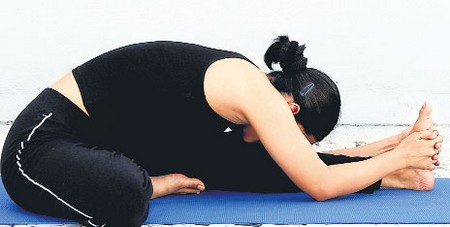Blood pressure is recorded in millimeters of mercury (mmHg). It is the combined force that circulating blood exerts against the artery walls plus the resistance to blood flow by the arteries. Pressure is created as the heart contracts and pumps blood into the arteries. The smallest arteries (the arterioles) offer resistance to blood flow. If the resistance is consistently high, the pressure increases and remains high. The medical term for high blood pressure is hypertension.
Hypertension has no overt symptoms. It is a silent disease that can be detected only by a blood pressure screening test, visit www.carolinacardiologyassociates.com/pulmonary-hypertension-congestive-heart-failure/ to get all the details. Blood pressure consists of two components:
1. Systolic pressure represents the maximum pressure of blood flow in the arteries when the heart contracts.
2. Diastolic pressure represents the minimum pressure of blood flow in the arteries between heartbeats.
Longstanding uncontrolled or poorly controlled hypertension has an adverse effect on the heart. High blood pressure increases the heart’s workload, and the heart enlarges in response to the strain. Because the blood pressure is consistently high, the heart does not get enough rest. As a result, the heart’s muscle fibers become overstretched and progressively lose their ability to rebound. The end result is that the force of contraction weakens and the heart becomes an inefficient pump. If intervention strategies are not enacted early in the process, the heart will suffer irreversible damage. Hypertension also has a detrimental effect on the arteries and accelerates the atherosclerotic process.
Prevention techniques include maintaining recommended body weight, restricting dietary salt, ingesting adequate calcium and potassium, engaging in voluntary relaxation, and exercising regularly. Aerobic exercises such as walking and jogging help to control blood pressure.
Based on the evidence, the American College of Sports Medicine (ACSM) has taken the position that “endurance (aerobic) exercise training by individuals at high risk for developing hypertension will reduce the rise in blood pressure that occurs with time.” Furthermore, aerobic exercises performed at moderate intensity (40 percent to 70 percent of aerobic capacity) seem to lower blood pressure as much as, and sometimes more than, exercises performed at higher intensities. Moderately intense aerobic exercises performed three to five days per week for 20 to 60 minutes per workout lower both systolic and diastolic pressure by 10 mmHg.
How does aerobic exercise lower blood pressure? First, the hormones epinephrine and norepinephrine play important roles in regulating blood pressure. Both are vasoconstrictors – they clamp down on the arterioles, which requires more force to circulate blood through them. Aerobic training decreases the circulating levels of these hormones, which allows the arterioles to relax and widen. Exercise keeps the arteries limber. This response lowers the resistance to blood flow, which in turn lowers the blood pressure.
Second, aerobic exercise increases cells’ sensitivity to insulin, a hormone that facilitates the passage of sugar from the blood to the cells. Sugar (glucose) is an important source of energy that the cells use to perform their normal functions. Increased sensitivity to insulin yields an important bonus: The kidneys excrete excess sodium, and this also lowers the blood pressure. Third, aerobic exercise contributes to weight loss, which lowers the blood pressure.
